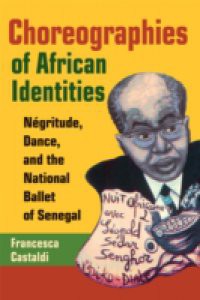Choreographies of African Identities traces interconnected interpretative frameworks around and about the National Ballet of Senegal. Using the metaphor of a dancing circle Castaldi's arguments cover the full spectrum of performance, from production to circulation and reception. Castaldi first situates the reader in a North American theater, focusing on the relationship between dancers and audiences as that between black performers and white spectators. She then examines the work of the National Ballet in relation to Leopold Sedar Senghor's Negritude ideology and cultural politics. Finally, the author addresses the circulation of dances in the streets, discotheques, and courtyards of Dakar, drawing attention to women dancers' occupation of the urban landscape.

